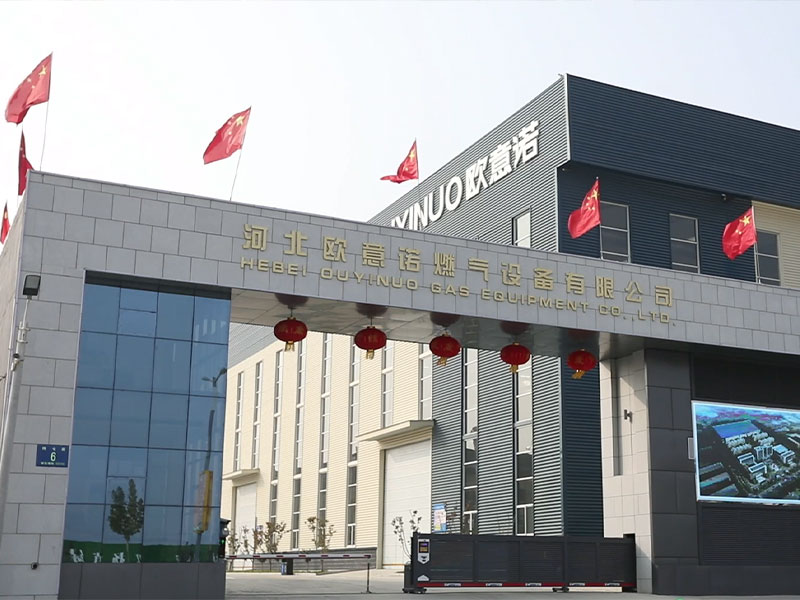
8 月 . 09, 2024 19:20
Back to list
Design and Functionality of a Gas Pressure Regulator for Efficient Control and Safety
Understanding Gas Pressure Regulators A Key Component in Gas Management
Gas pressure regulators play a crucial role in a variety of applications, from industrial processes to domestic uses. These devices ensure that gas is delivered at a constant, safe pressure, which is essential for both efficiency and safety. This article delves into the workings, importance, and applications of gas pressure regulators.
What is a Gas Pressure Regulator?
A gas pressure regulator is a mechanical device that reduces the pressure of a gas from a high-pressure source to a desired lower pressure. This is crucial in systems where gas is utilized, as it ensures that the gas is delivered at a consistent pressure that can be safely used by the equipment or processes downstream.
In essence, the regulator acts as a valve that controls the gas flow and pressure, preventing fluctuations that could lead to dangerous situations or inefficiencies in gas usage. Regulators are commonly found in systems using natural gas, propane, oxygen, and many other gases.
How Does It Work?
The primary function of a gas pressure regulator is to maintain a steady outlet pressure regardless of variations in the inlet pressure or downstream demand. This is achieved through a combination of mechanical components, including a diaphragm, springs, and valves.
.
Conversely, if the demand decreases, the diaphragm moves back, restricting gas flow and ensuring that the pressure does not exceed safe levels. This self-regulating action is what makes pressure regulators essential in gas management systems.
منظم ضغط الغاز

Importance of Gas Pressure Regulators
Gas pressure regulators are vital for a variety of reasons. Primarily, they enhance safety. High-pressure gas systems can pose significant dangers, such as leaks, explosions, and equipment damage. Regulators ensure that the gas delivered to appliances or machinery is at a safe operating pressure, minimizing the risk of accidents.
Additionally, they contribute to efficiency. Equipment designed to operate within specific pressure ranges will function optimally when provided with a consistent pressure. Variability in gas pressure can lead to inefficient combustion, increased emissions, and higher operational costs.
Moreover, pressure regulators can help in conserving resources. By ensuring that the gas is used efficiently and is not wasted due to overpressure conditions, they can significantly reduce consumption and costs over time.
Applications of Gas Pressure Regulators
The applications of gas pressure regulators are vast and varied. In residential settings, they are commonly used in conjunction with heating systems, stoves, and water heaters to ensure safe and efficient operation. In the industrial sector, regulators are essential for processes such as manufacturing, welding, and chemical production, where precise gas delivery is critical.
Furthermore, pressure regulators are used in medical applications, particularly in oxygen delivery systems for patients requiring respiratory assistance. They ensure that the oxygen is delivered at the appropriate pressure for safe inhalation.
In summary, gas pressure regulators are fundamental components in any gas management system. Their ability to maintain safe and consistent pressure levels is indispensable in promoting safety, efficiency, and optimal functioning of various gas-utilizing systems. As technology advances, regulators are likely to continue evolving, further enhancing their effectiveness and reliability in gas management across numerous sectors.
Latest news
-
Unlocking The Quality Gas Pressure ReducersNewsNov.01,2024
-
The Role of Gas Pressure Reducing StationsNewsNov.01,2024
-
The Importance and Functionality of Safety Relief ValvesNewsNov.01,2024
-
The Essential Role of Safety Valves in Natural Gas ApplicationsNewsNov.01,2024
-
The Essential Role of Gas Pressure RegulatorsNewsNov.01,2024
-
Enhance Your Premium Gas FiltersNewsNov.01,2024

